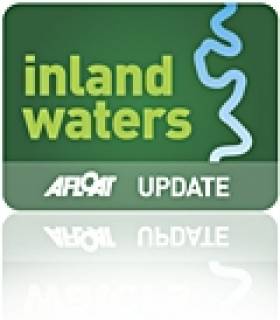Displaying items by tag: Camden Lock
Waterways Ireland advises masters of vessels and users of the Grand Canal in Dublin that works to Camden Lock in Grand Canal Dock will commence on Monday 3 April.
This will involve the lowering of the water level in Grand Canal Dock by approximately 400mm to accommodate the works on the sea lock.
Water levels were gradually lowered during past week commencing Monday 27 March and will remain low for a period of eight weeks.
Masters of vessels should contact Waterways Ireland prior to undertaking passage in Grand Canal Dock during the works, the cross-border body for Ireland’s inland waterways adds.
Notice of Major Works on Grand Canal at Ringsend Basin
#InlandWaterways - Major renovations of Ringsend Basin at the city terminus of the Grand Canal have commenced, with Waterways Ireland advising all masters and users that works are expected to continue until mid May.
Diving operations commenced on 14 January last week. These involve strengthening the quay walls at Charlotte Quay, the replacement of a slipway and installation of stop planks at Camden Lock (Large Sea Lock).
All works will take place from pontoons adjacent to the area of works. Warning markers will be placed as required to advise all users of the basin.
As a result of the planned works, water levels in the basin may fluctuate. Owners and masters of vessels moored on both Charlotte and Hanover Quays are advised to tend their mooring lines as required.
Vessels may be required to move to facilitate works on Charlotte Quay. Advance notice will be given where possible.
Masters are requested to keep vessels clear of all works and comply with instructions from safety craft in the works areas.





























































